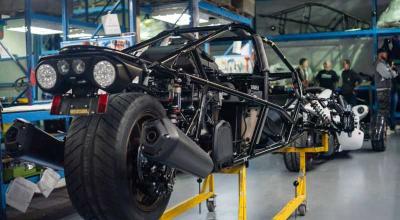Bigger Tires for Your Ride: Pros and Cons

by AutoExpert | 1 February, 2024
Let's dive into a topic every car enthusiast has pondered at some point: slapping bigger tires on your ride. Ever seen those massive tires on a beefy SUV or pickup and wondered if your car could pull that off too?
Are you considering dressing your car in big shoes? While it's more common to see trucks and SUVs rocking bigger tires, since they've got the room and the look to handle it, it is not totally out of this world for smaller-looking cars to be running on massive tires. Before you start dreaming of those giant wheels, remember that they might not fit your car's original rims. So, it's worth considering how larger tires can change your car's feel and performance.
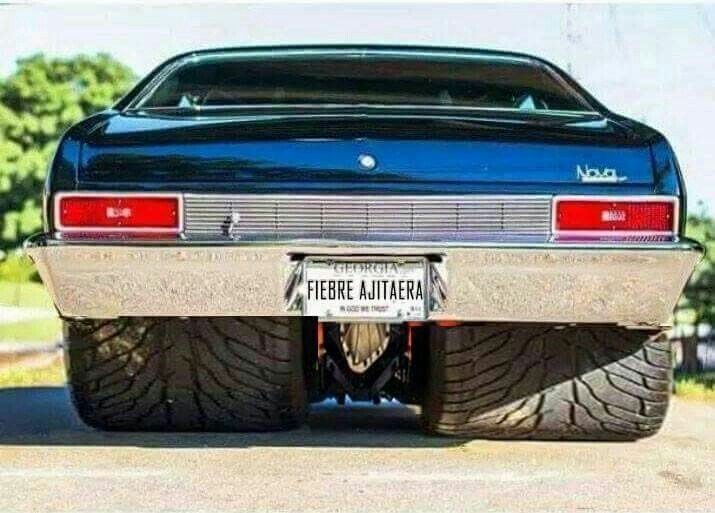
Alright, let's tackle the big question: Is bigger really better?
Cars are usually designed with a certain tire size in mind to balance fuel efficiency, comfort, and handling. Going bigger can make your ride less comfy, but it might give you some performance perks. However, there's a catch – bigger tires usually mean saying goodbye to some of your fuel efficiency. But hey, if you need more traction or performance, bigger could be your ticket. Just remember, there's a price to pay at the gas pump and possibly for extra maintenance and replacements.
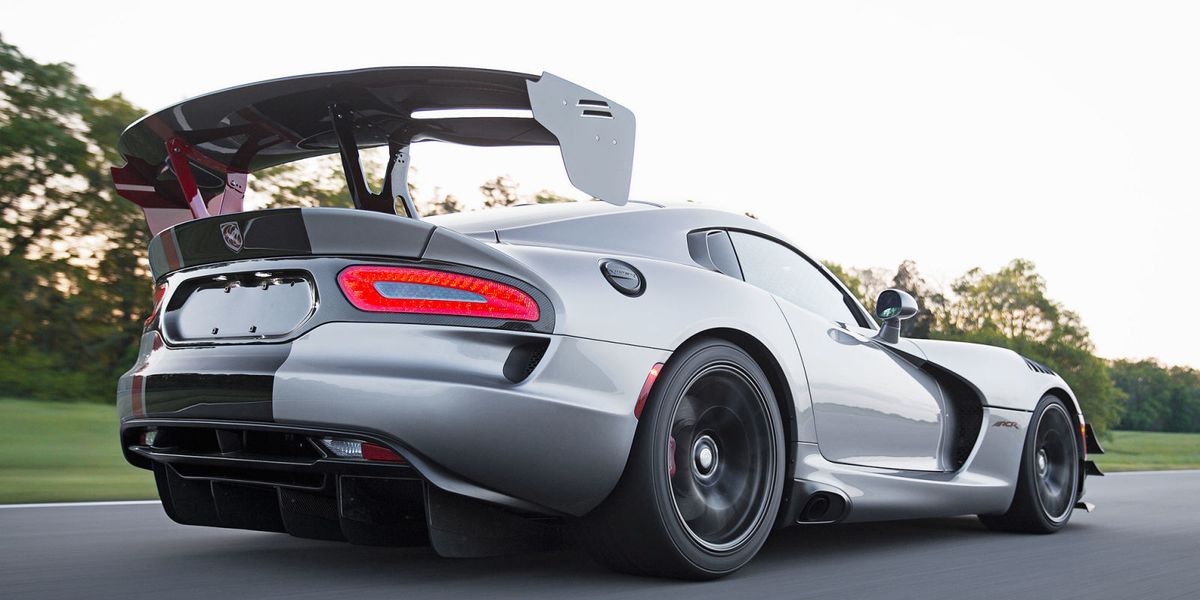
Now, let's talk pros and cons of upsizing those tires, especially on trucks and SUVs. If you're driving something like a Honda Pilot or a rugged Honda Ridgeline truck, there's more room to play with tire size. Bigger tires mean extra height and a more commanding driving position, not to mention better off-road capabilities.
Those big tread patterns are great for grip in different conditions. And let's be real – big tires just look cool. They turn heads and make a statement. But, there's always a but, right? Bigger tires cost more, might require additional modifications, and can hit your fuel budget hard.

So, how do you figure out the biggest tires you can fit on your truck without causing a headache? Here's a quick guide:
- Measure your current wheels and the empty space around them.
- Check the space when the wheel is fully turned.
- Don't forget to measure around the axle tube and bump stop.
- Consider your truck's angles on slopes and re-measure.
- Remember, your suspension can move quite a bit, so account for that.
Keep in mind, not all rims can handle larger tires. You might need new wheels or even a lift for your truck. Sometimes, it's easier to find a used truck or SUV that already has the setup you want.
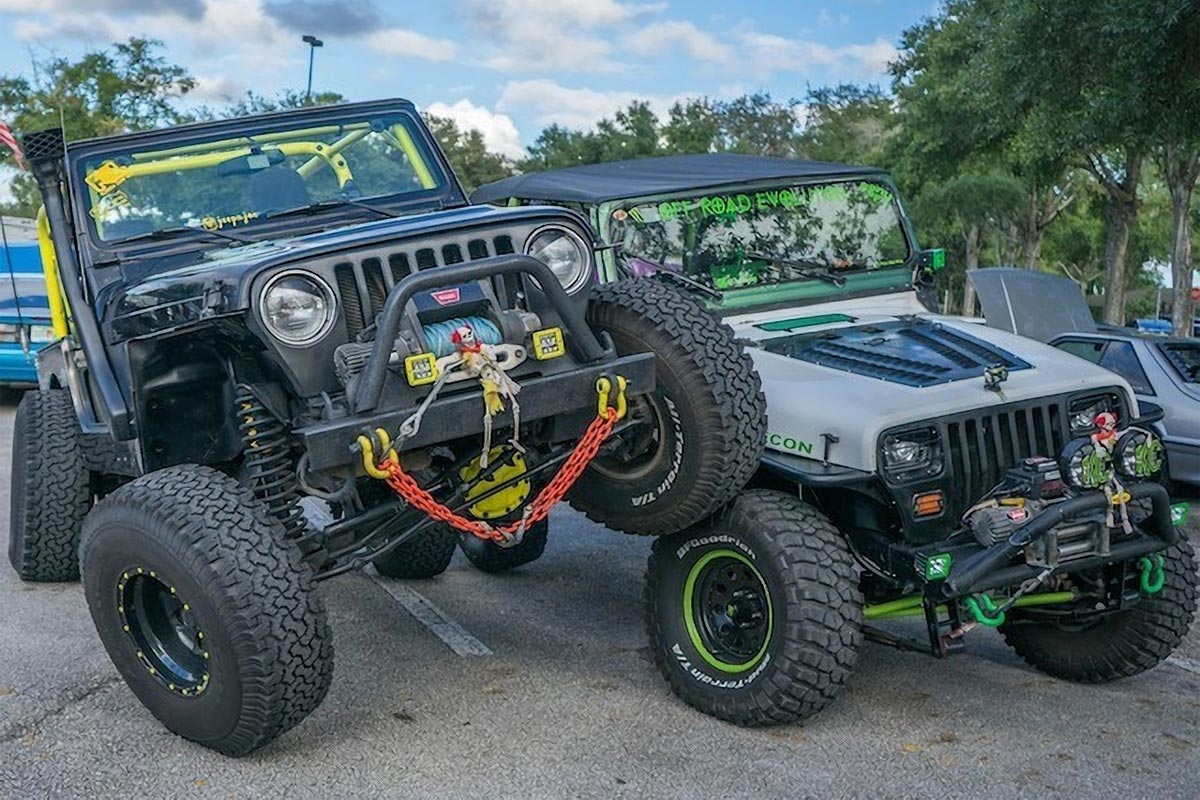
Finally, some quick FAQs:
- Is a vehicle with oversized tires unsafe?
Potentially, yes. If you're only changing the tires, it could affect steering and braking.
- Does lifting a truck affect mpg?
Absolutely. A higher truck is less aerodynamic, so you'll use more fuel.
- Is it better to have bigger wheels on a truck?
It's a mixed bag. Better clearance and handling, but poorer fuel economy and steering response.
- What's the difference between upsizing and plus-sizing?
Upsizing is just a bigger tire on your current rim. Plus-sizing is a bigger rim with the same tire size, which doesn't affect ground clearance but can improve cornering.
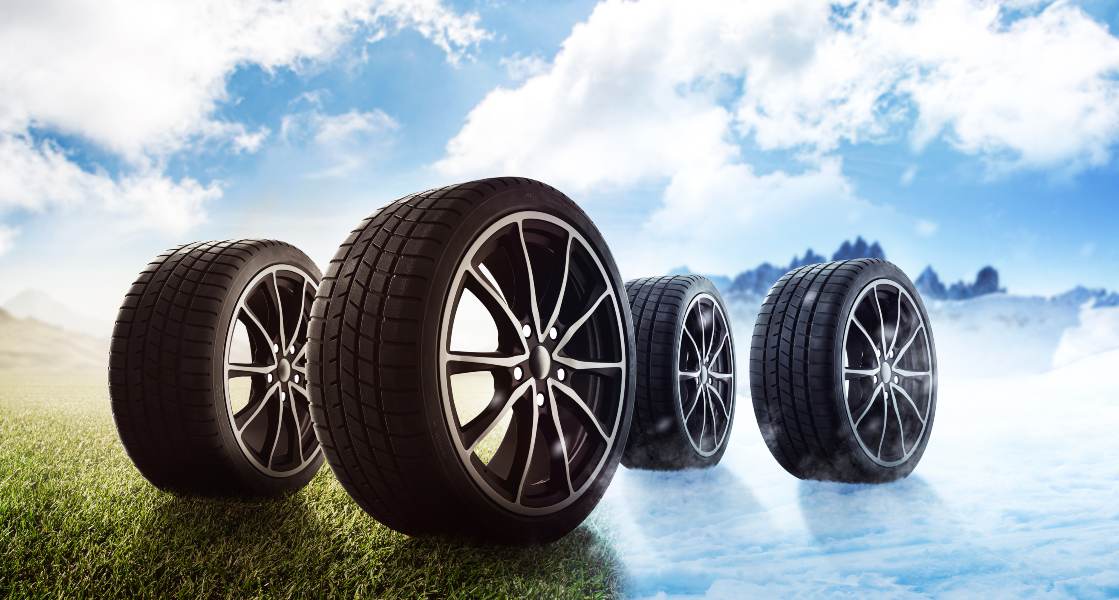
Upgrading to bigger tires can be cool, but it's not all sunshine and rainbows. Consider the pros and cons before you make the leap!

















